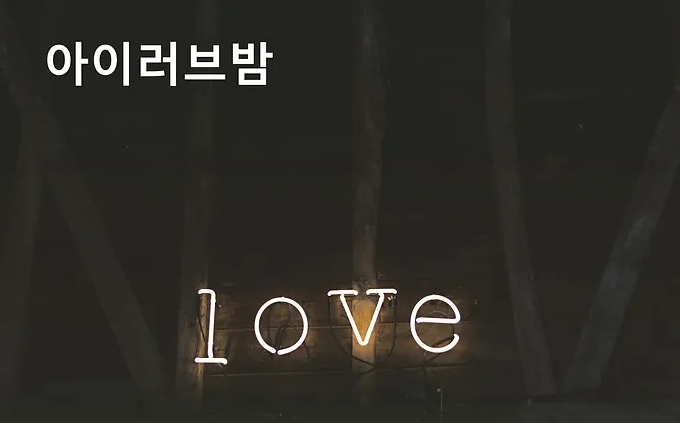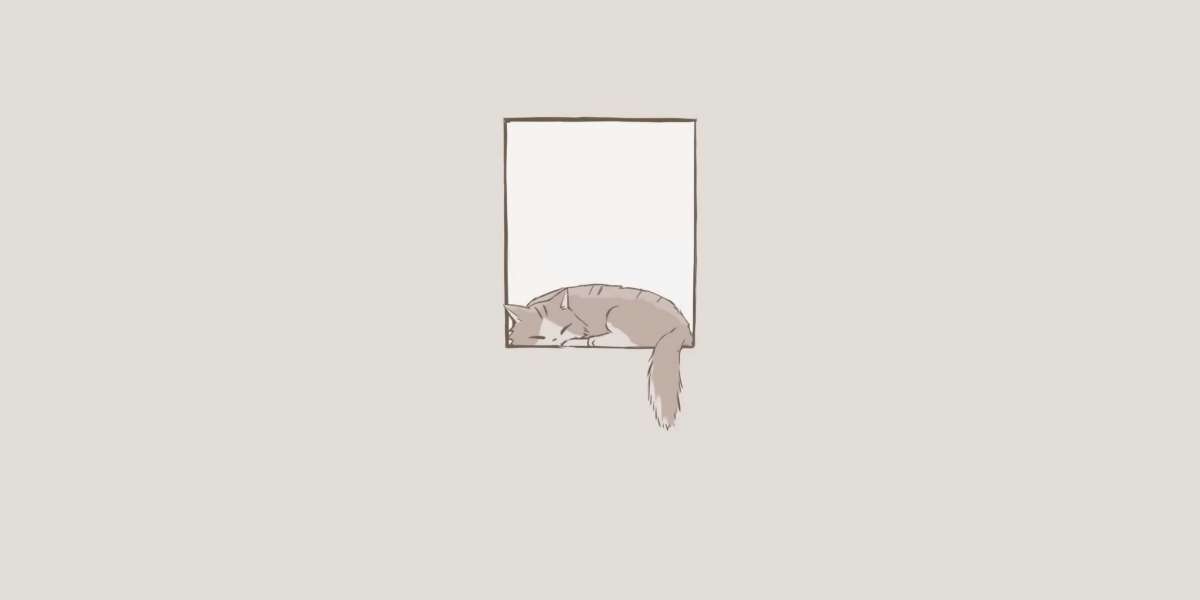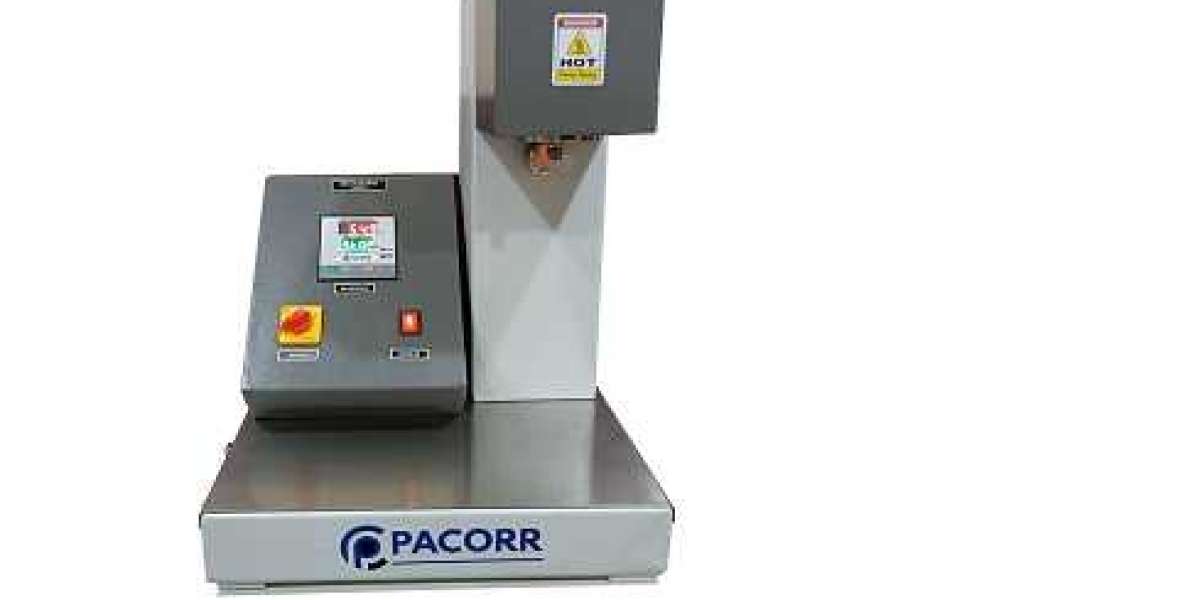Relaxation Therapy
What is the point of relaxation?
The level of relaxation, especially within the context of Relaxation Therapy, is to realize a state of mental and bodily calmness and peace. This course of includes reducing stress and anxiousness, thereby enhancing general well-being.
Relaxation Therapy focuses on teaching people techniques such as deep breathing, progressive muscle leisure, and visualization. These strategies help to activate the physique's natural leisure response, counteracting the results of stress.
Moreover, rest can improve sleep quality, boost immune function, and increase emotional resilience. By fostering a tranquil state, individuals can achieve a greater perspective on their challenges, making it simpler to deal with daily life.
Ultimately, the purpose of relaxation is not only to really feel better in the second, however to domesticate long-term well being and well-being by way of regular follow.

What is the aim of the relaxation response?
The goal of the comfort response in Relaxation Therapy is to advertise a state of bodily and emotional ease. This response encourages participants to launch tension and stress, resulting in enhanced well-being and tranquility.
Key Objectives of the Comfort Response
Through guided techniques, such as deep respiratory, visualization, and progressive muscle leisure, the comfort response focuses on:
- Reducing anxiousness: Alleviating emotions of stress and selling a peaceful psychological state.
- Enhancing bodily rest: Encouraging the physique to enter a state of restful alertness.
- Improving psychological clarity: Allowing for clearer pondering and higher decision-making.
- Fostering emotional resilience: Helping individuals manage their emotional responses to challenges.
Overall, the consolation response serves as a basis for attaining rest and restoring steadiness in each mind and physique.
Is relaxation a CBT technique?
Relaxation isn't a standalone method inside Cognitive Behavioral Therapy (CBT), however it could complement CBT methods. Here’s how relaxation strategies fit into the CBT framework:
Incorporating Relaxation in CBT
- Stress Reduction: Relaxation methods assist scale back stress and anxiousness, making it easier for 광주마사지 - use ilovebam-juso.com, people to interact with CBT practices.
- Enhancing Focus: A relaxed state can enhance focus and focus during therapy classes.
- Emotional Regulation: Learning to loosen up can help in managing feelings, which is a crucial side of CBT.
Common Relaxation Techniques Used
- Deep Breathing Exercises
- Progressive Muscle Relaxation
- Mindfulness Meditation
- Visualization Techniques
In summary, while leisure isn't a core strategy of CBT, it performs a supportive position in enhancing the effectiveness of cognitive-behavioral practices.







